EXCERPT page containing first few paragraphs. 2024-04-19 16:53:21
UA_SEARCH_BOT_compatible_botmozilla/5.0 applewebkit/537.36 (khtml, like gecko; compatible; claudebot/1.0; +claudebot@anthropic.com) @ 3.15.202.4
For full access, subscribe here. Or click title to login. ![]()
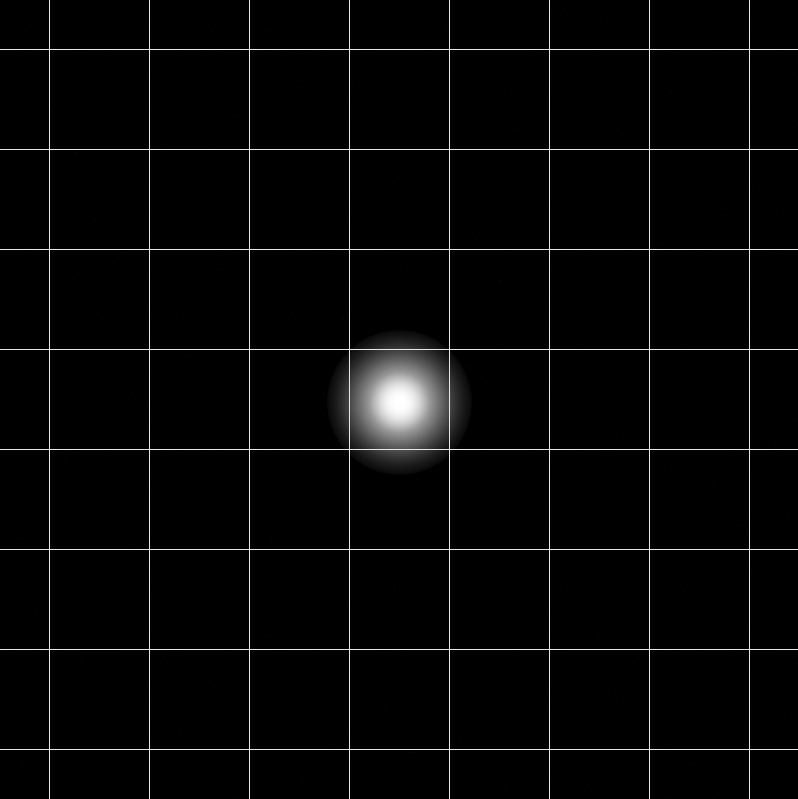
Influence of Pixel Size
When rays of light pass through an opening (e.g., a lens diaphragm), they form a wavefront interference pattern know as the Airy disc (Huygens-Fresnel principle).
The Airy pattern with all of its rings has an identical shape for any perfect lens with a round aperture. The only thing that changes with stopping down is the size of the Airy pattern, scaling linearly with the f-stop. This assumes a perfect aberration-free lens.
As the hole (lens diaphragm) becomes smaller (“stopping down”), the scattering effect increases; this causes a drop in contrast. At the same time, the Airy disc steadily becomes larger, with its diameter placing a fixed limit on resolution at any given aperture.
Article continues for subscribers...
Diglloyd Making Sharp Images is by yearly subscription. Subscribe now for about 13 cents a day ($50/year).
BEST DEAL: get full access to ALL 8 PUBLICATIONS for only about 75 cents a day!
Diglloyd Making Sharp Images articulates years of best practices and how-to, painstakingly learned over a decade of camera and lens evaluation.
Save yourself those years of trial and error by jump-starting your photographic technical execution when making the image. The best lens or camera is handicapped if the photographer fails to master perfect shot discipline. High-resolution digital cameras are unforgiving of errors, at least if one wants the best possible results.
- Eases into photographic challenges with an introductory section.
- Covers aspects of digital sensor technology that relate to getting the best image quality.
- Technique section discusses every aspect of making a sharp image handheld or on a tripod.
- Depth of field and how to bypass depth of field limitations via focus stacking.
- Optical aberrations: what they are, what they look like, and what to do about them.
- MTF, field curvature, focus shift: insight into the limitations of lab tests and why imaging performance is far more complex than it appears.
- Optical aberrations: what they are, what they look like, and what to do about them.
- How to test a lens for a “bad sample”.
Intrigued? See Focusing Zeiss DSLR Lenses For Peak Performance, PART ONE: The Challenges, or (one topic of many) field curvature.
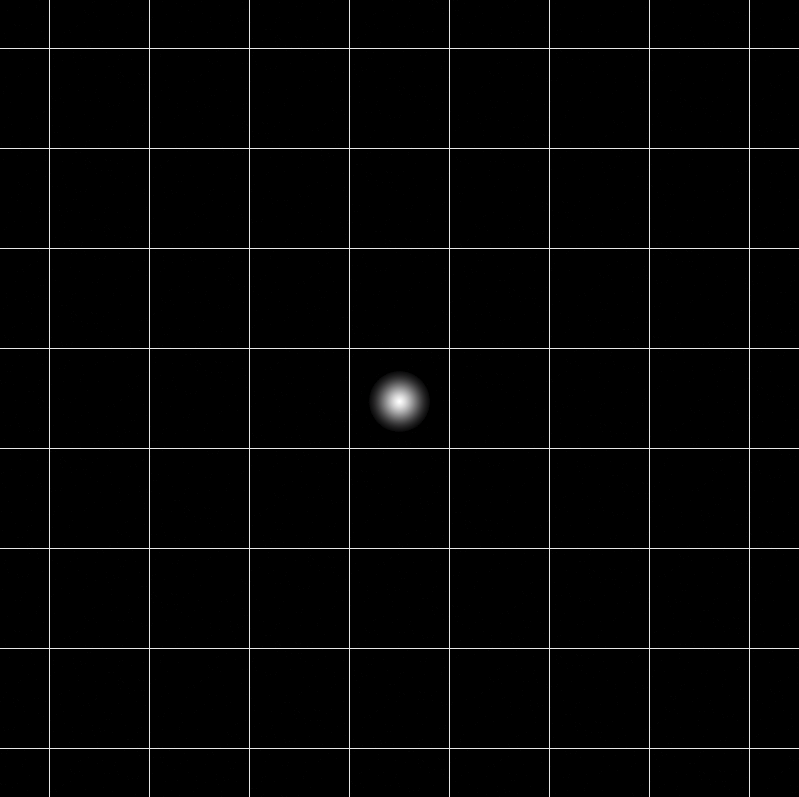

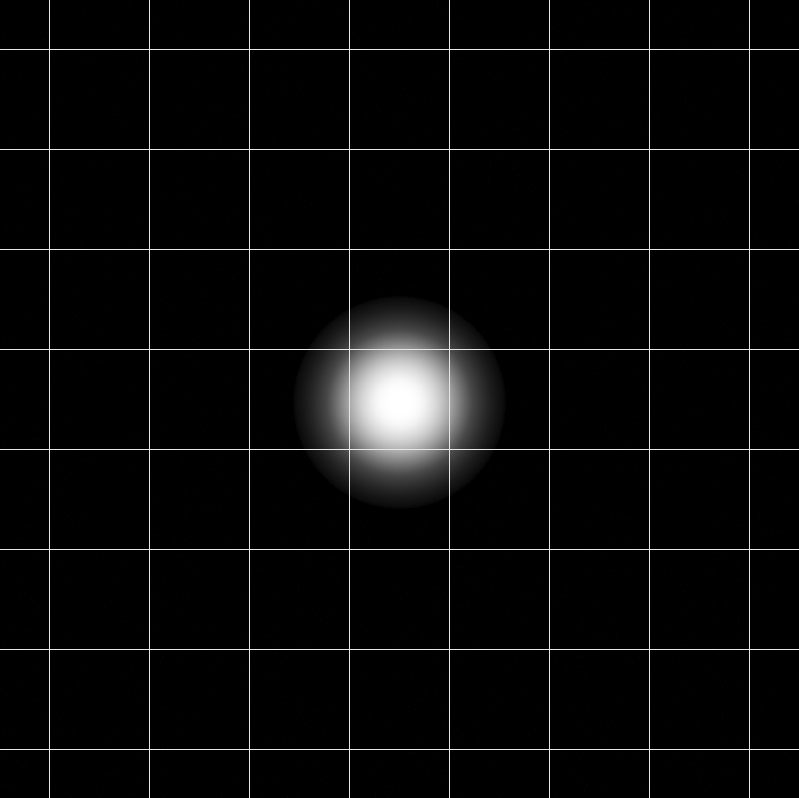

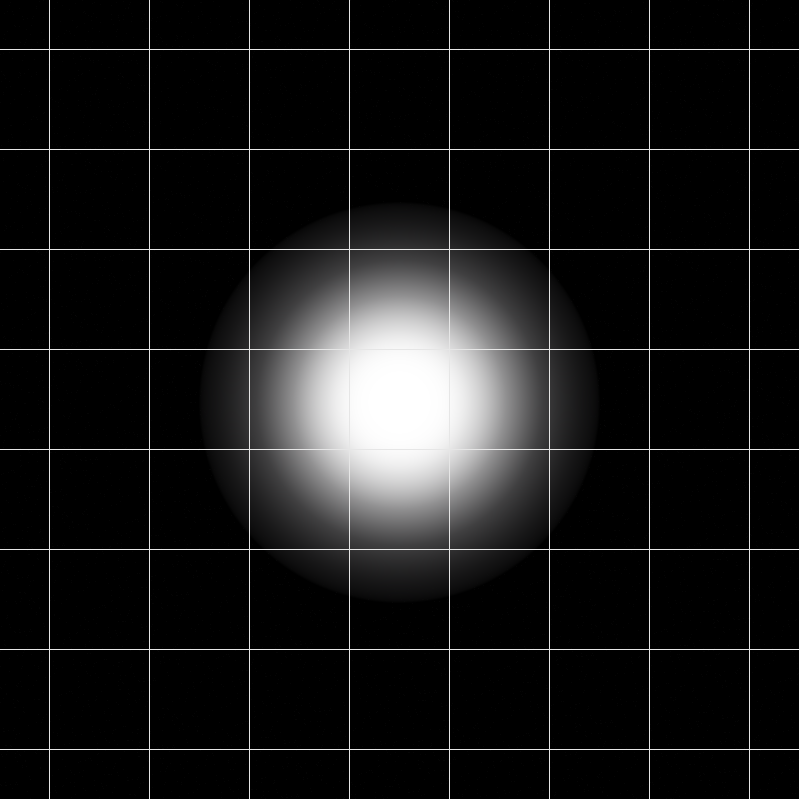
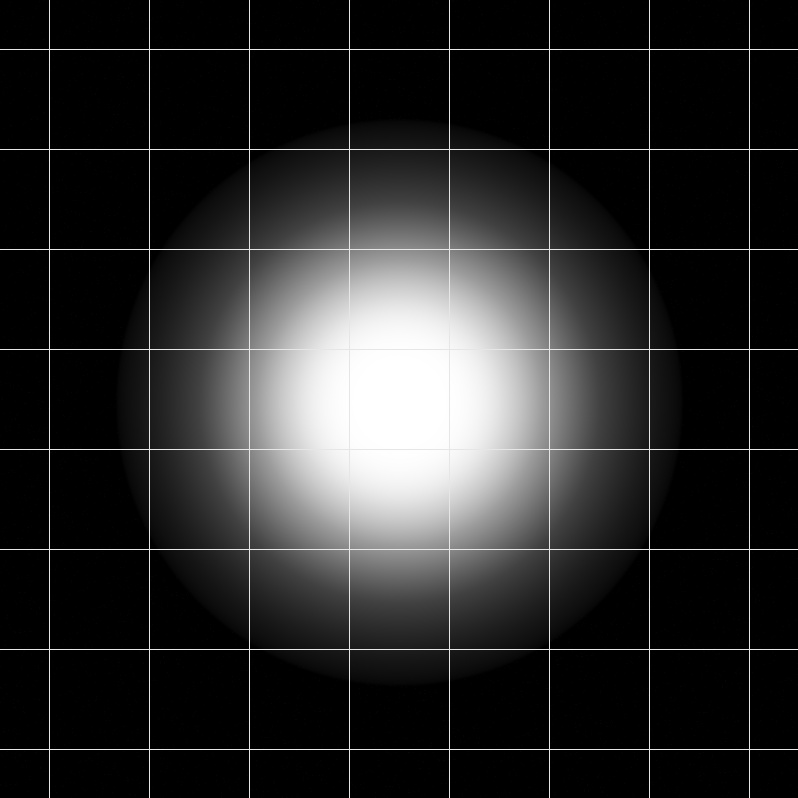
Note how the Airy disc begins to cover more than one photosite at apertures f/8 and smaller.
The diffraction limit is reached when two Airy discs overlap by half their diameter.

